The Era of Human Zoos
Categories: History
By Pictolic https://pictolic.com/article/the-era-of-human-zoos1.htmlSince ancient times, people of various nationalities and faiths have been engaged in the sanctioned slave trade. Most of the slaves were Negroes forcibly removed from Africa, whose labor was widely used by the population in the economy and did not cause shock or contempt from the public. The slave-owning system reached its apogee in America in the 19th century: as of 1860, out of the 19 million population of 15 American states, 4 million were slaves. Historians claim that the national wealth of the country was achieved precisely through the use of slave power.
At about the same time, Europeans and North Americans came up with an absolutely "amazing" idea – to create a human zoo, later also known as the "ethnological exposition", "exhibition of people" and "Negro village", the purpose of which was to demonstrate immigrants from Asia and Africa in their natural form. Zookeepers willingly placed people in aviaries - usually in the form of whole villages, often individual Negroes were placed in a pavilion with monkeys, presenting them as a transitional link from animals to a civilized white man.
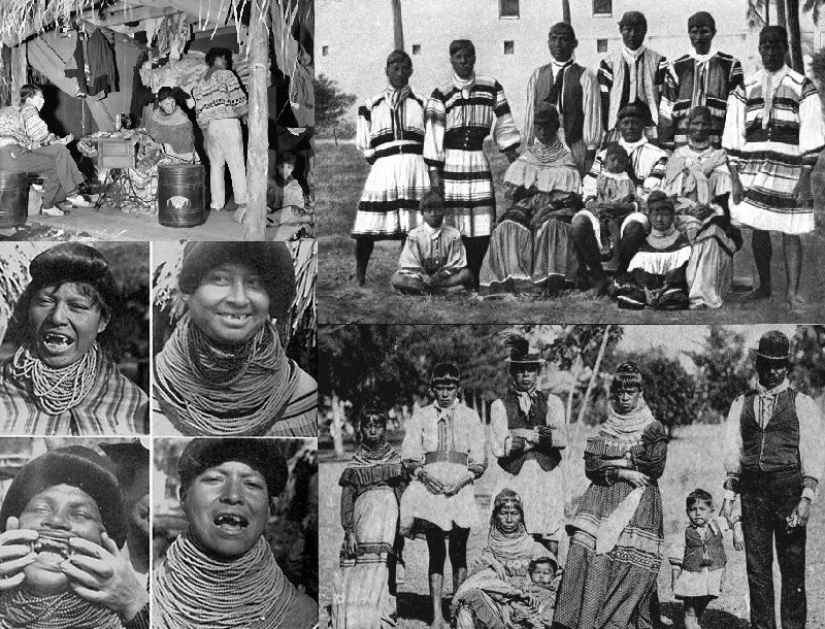
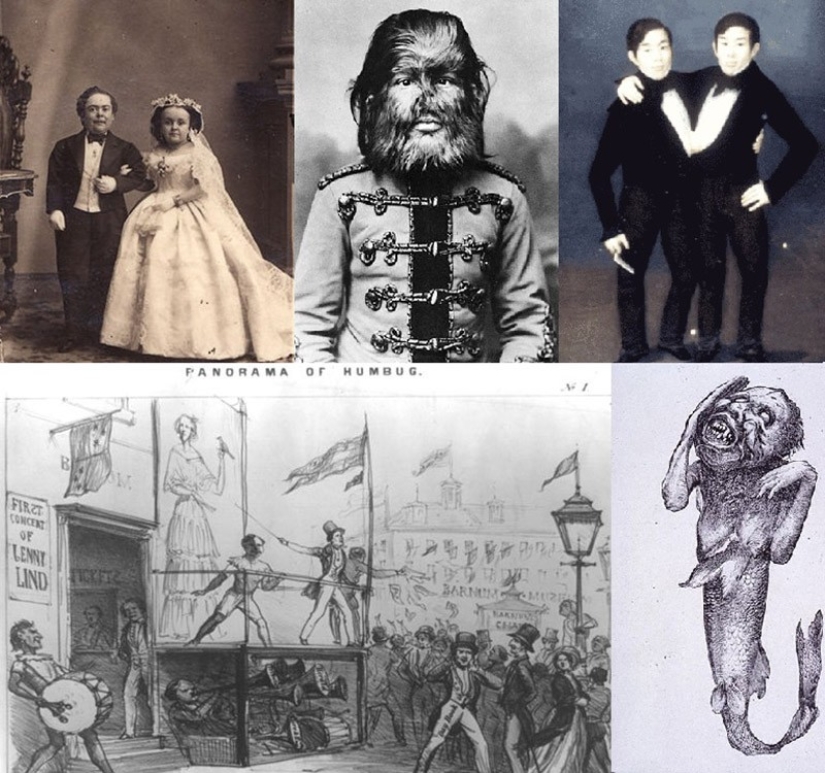
The forerunners of real human zoos were numerous attempts by Europeans to bring aborigines with them. Columbus, for example, managed to bring Indians to Spain for show. Later, such screenings gained popularity – for example, in the F.T. Barnum Circus, screenings of an elderly "black" slave Joyce Heth, who allegedly was Washington's nanny, were held. And after her death, Barnum began to demonstrate Siamese twins Cheng and Eng Bunker, the wedding of midgets Charles Stratton and Lavinia Warren, a skillful forgery of the "mermaid from the Fiji Islands" and other heroes.
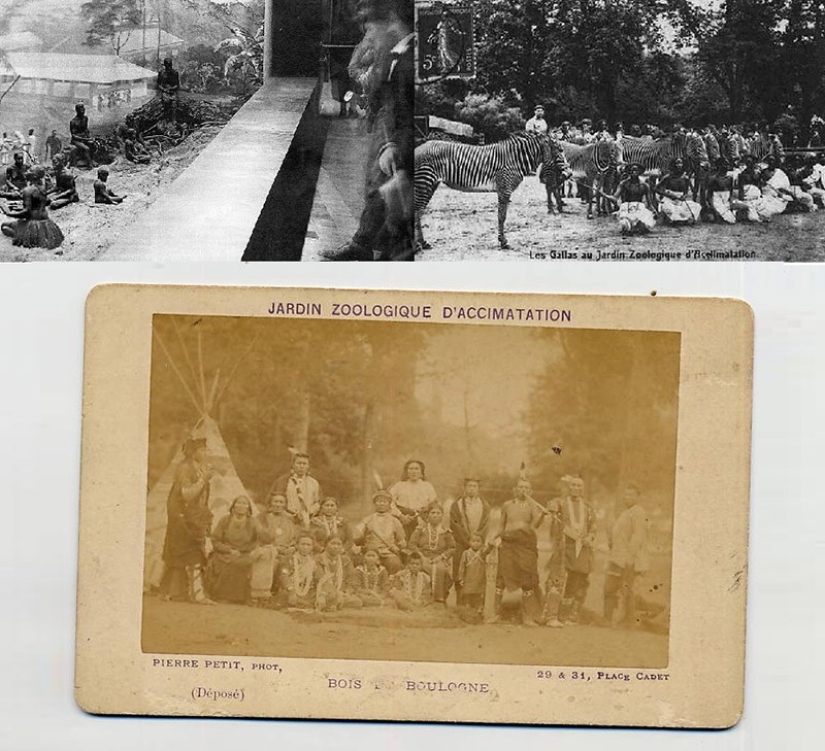
Since the 70s of the 19th century, human zoos have become a symbol of the second wave of imperialism, fighting for colonies in the world. Gradually, similar zoos appeared in Antwerp, London, Barcelona, Milan, Warsaw, Hamburg and, of course, in North America. According to historians, each of them was visited by up to 300 thousand (!) people.
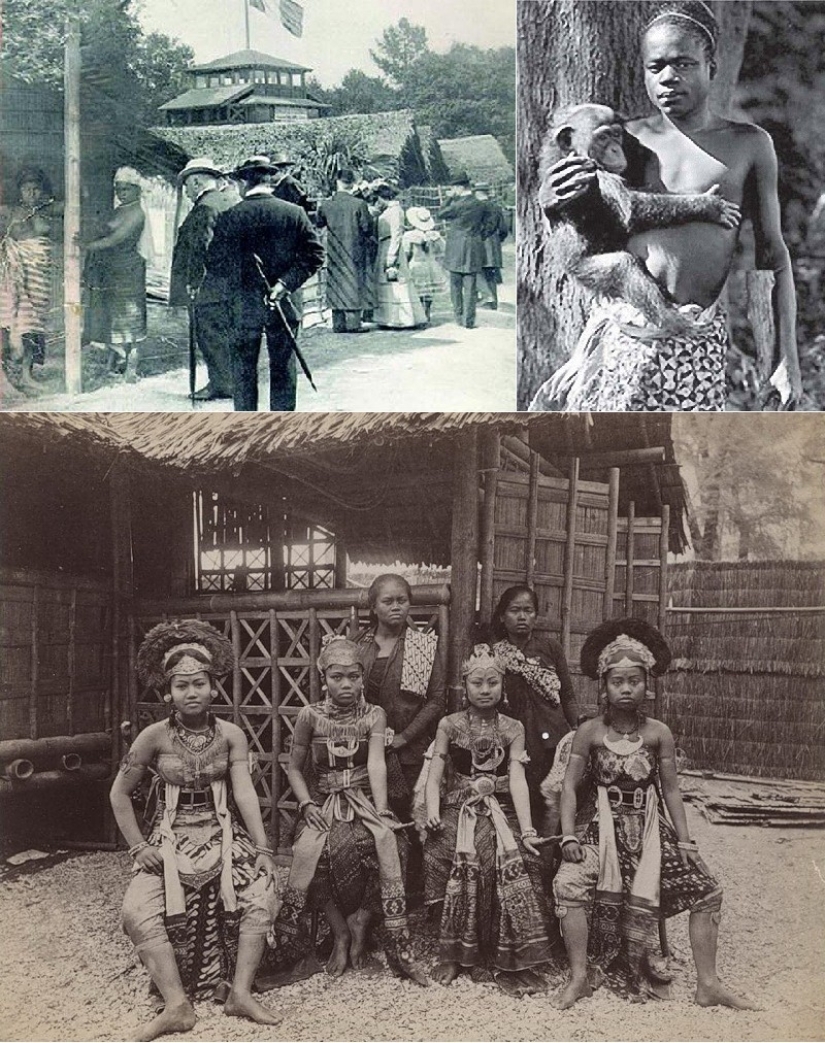
The main attraction of the Paris World's Fair in 1889 was the "village of Negroes". The exhibition was visited by 28 million.
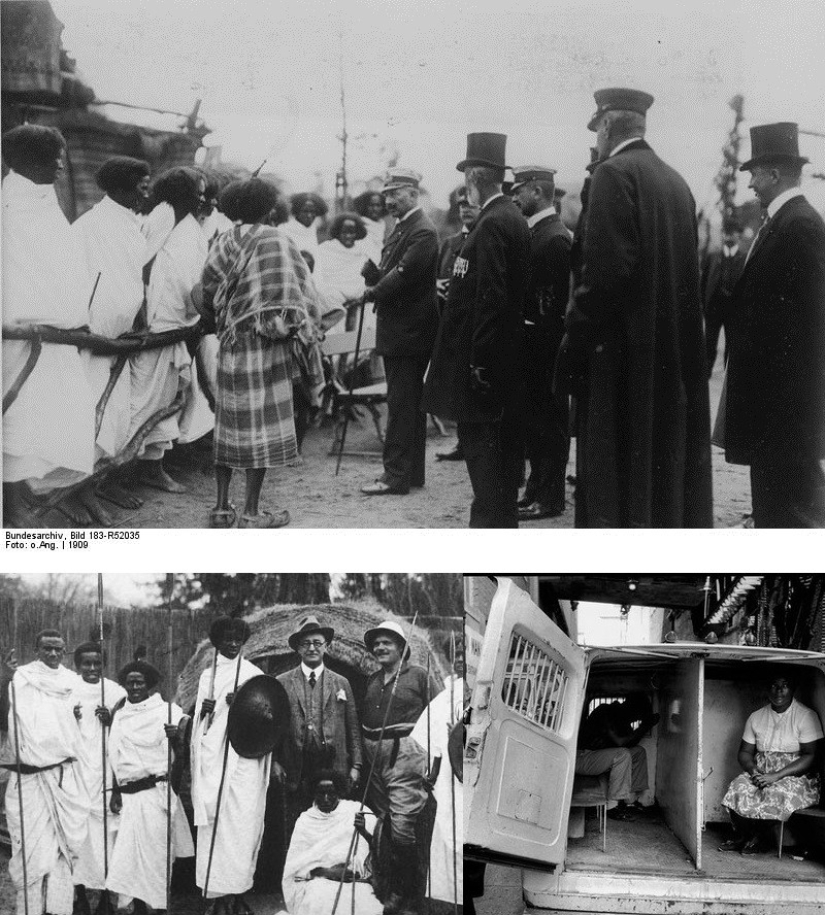
The "Negro villages" were especially popular in Germany, where the ideas of social Darwinism were popular. Villagers were often compared to monkeys in order to emphasize their insignificance. Once a Negro village in Germany was visited by Bismarck himself and Emperor Wilhelm II.
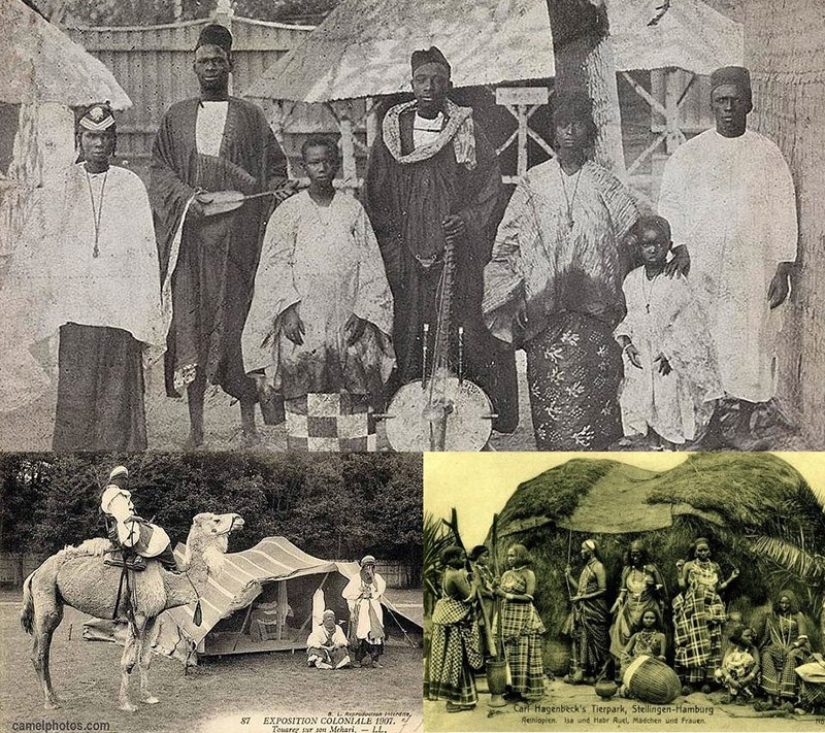
What seems like an immoral nightmare now was previously considered something ordinary. The only justification for Europeans can be that many "whites" really did not understand how a Negro differs from a monkey. There is a well-known case when Bismarck came to look at the Berlin Zoo and asked to show where a person was actually in a cage – then the "pets" of zoos were placed in the same cage with gorillas.

There are notes about the content of a pygmy named Ota Benga, who was exhibited as a typical savage during the 1904 World's Fair in St. Louis. It was then that scientists came to the conclusion that the intelligence of pygmies can be compared with "mentally retarded people who spend a huge amount of time on the test and make a lot of stupid mistakes," many Darwinists attributed the level of development of pygmies "directly to the Paleolithic period," and scientist Getty found in them "the cruelty of primitive man."

And these five Indians of the Kawesqar tribe, who were abducted in 1881 from Chile and transported to Europe for display in a human zoo. Soon they died.
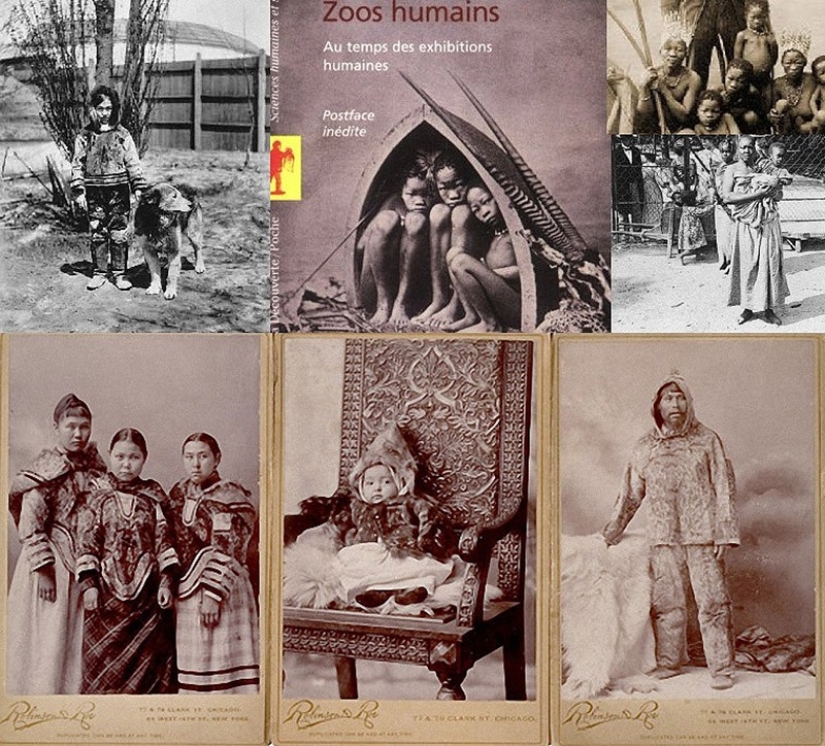
In fairness, if in this case it can be said so, representatives of other peoples were also subjected to research in zoos: Eskimos, Polynesians and Canadian Inuit, Surinamese Indians, Patagonian Indians, and in East Prussia there were even Balts in captivity who were supposed to portray "ancient Prussians" and perform their rituals in front of the audience.
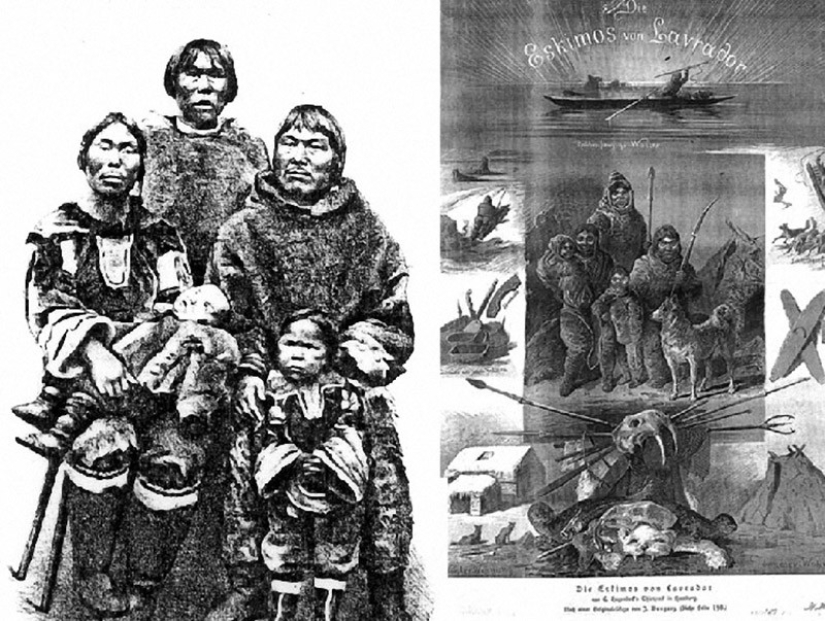
There is a case when in one of the European zoos the Eskimos converted to Christianity, thereby trying to earn money and pay off the debt to the missionaries. But fate decreed otherwise: soon they all died of smallpox. After their death, a diary was found in the aviaries, where the Eskimo described all the humiliations they had to go through.
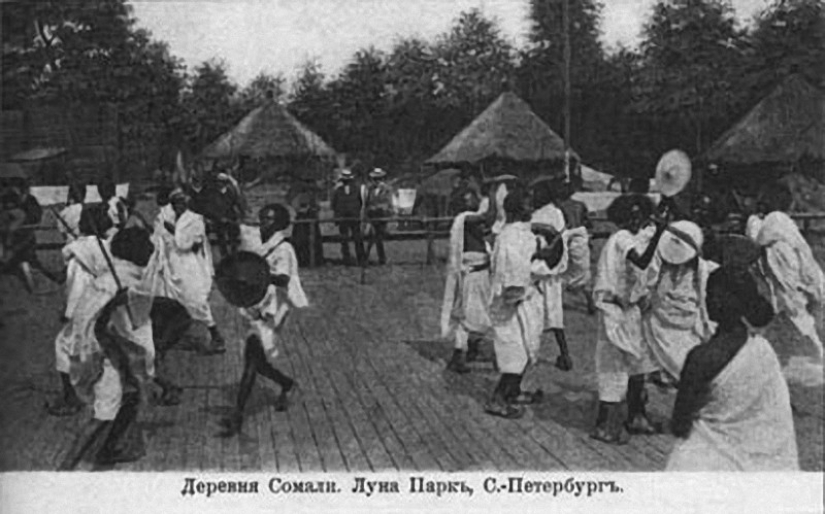
Somali slaves, St. Petersburg.

Even in the already seemingly civilized American society, exhibitions of living people were periodically held in 1939. One of these was the New York exhibition, where the Seminole Indians were represented.
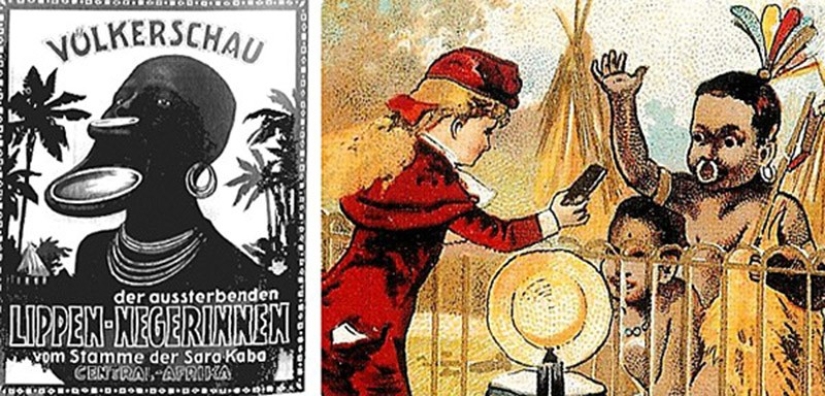
By the middle of the 20th century, human zoos began to disappear, either because of the spread of equality of nations, or because the Great Depression came, and ordinary people simply did not have the money to attend such events, or because of their cancellation by the authorities. It would seem that the history of human zoos may be over, but in the already highly civilized post-war Europe, a Congolese village was represented.
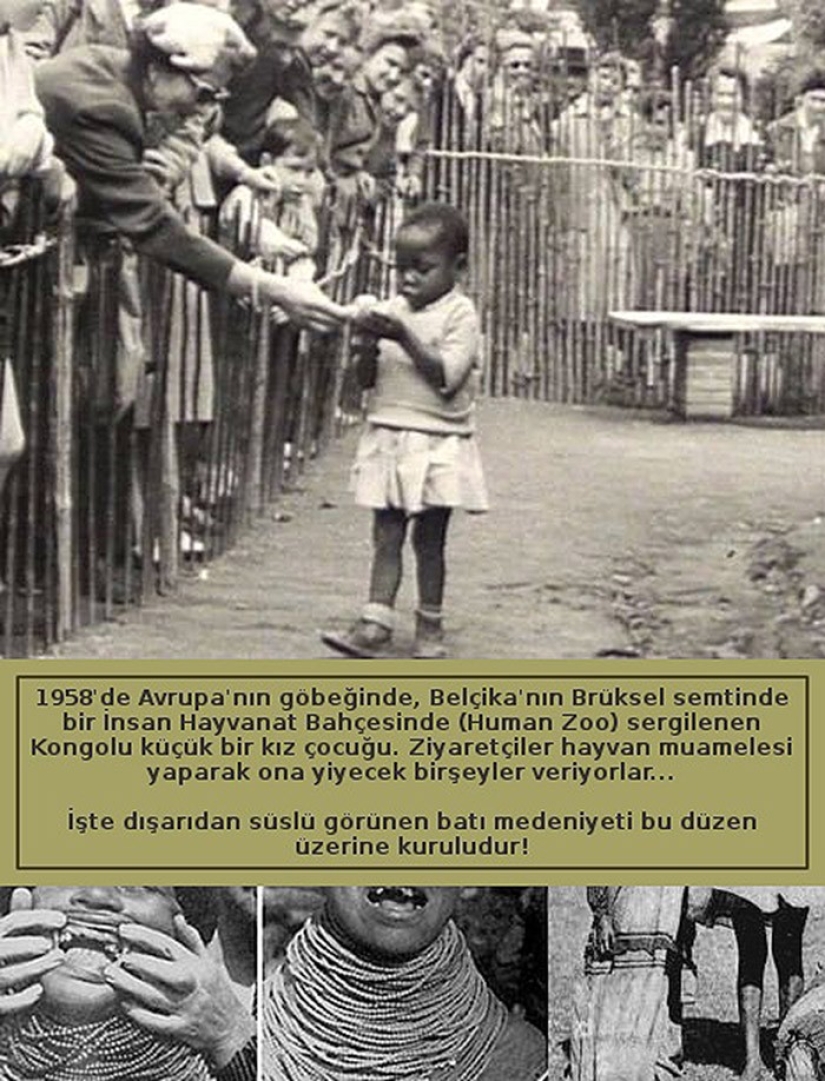
This is a girl in a human zoo, to whom a zoo visitor gives a banana, like a monkey. And this is in Europe for 58 years!
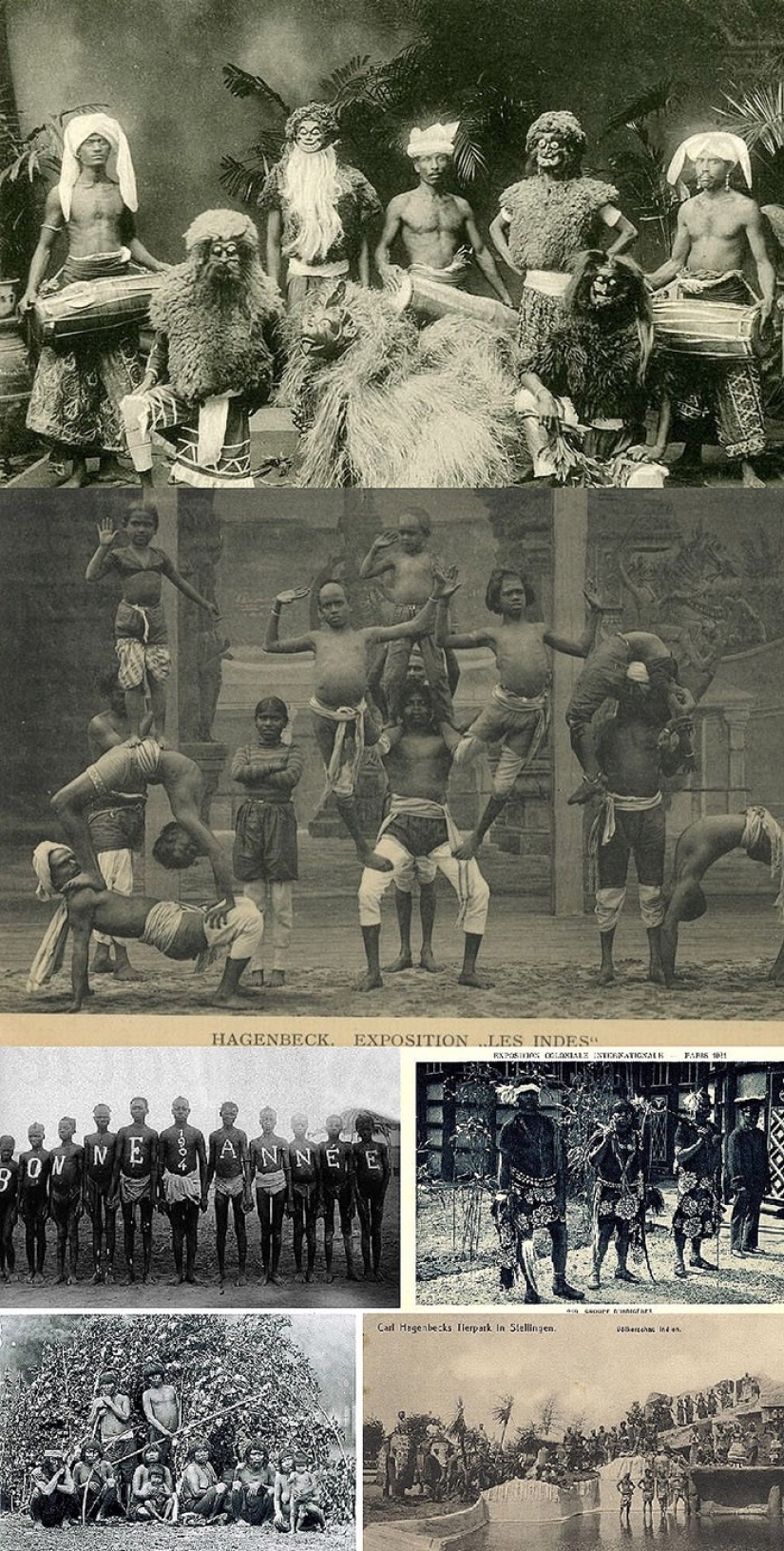
Quite a few years have passed and such children study with "white" children at school, sit at the same desk with them, become amazing professionals, and no one thinks that they have something in common with monkeys. If someone had told this woman that perhaps it was her great-granddaughter who would be friends with a dark-skinned girl, would she have believed it? And can we even imagine now that human zoos could become a reality in the 21st century?
Keywords: Zoo | People | Slavery | Man
Post News ArticleRecent articles

Advertising is the engine of trade. But in our case, it is also a generator of a great mood. The authors of the signs and ...

Damien Loeb, an American artist from New Haven, Connecticut, uses oil paints to create hyper-realistic paintings that are sometimes ...
Related articles

In our view, the sultan's harem is a paradise where the languid wives and concubines of the lord in beautiful gardens, among ...

The oceans and seas, rivers and lakes, hot springs and pools: people swim in all the ponds. Water — the source of life. It ...

Slavery existed in the British American colonies and the United States from 1619 to 1865. Today, this is a difficult topic for ...

With the beginning of the era of Great geographical Discoveries, Spain and Portugal rushed to saw the world, establishing their ...